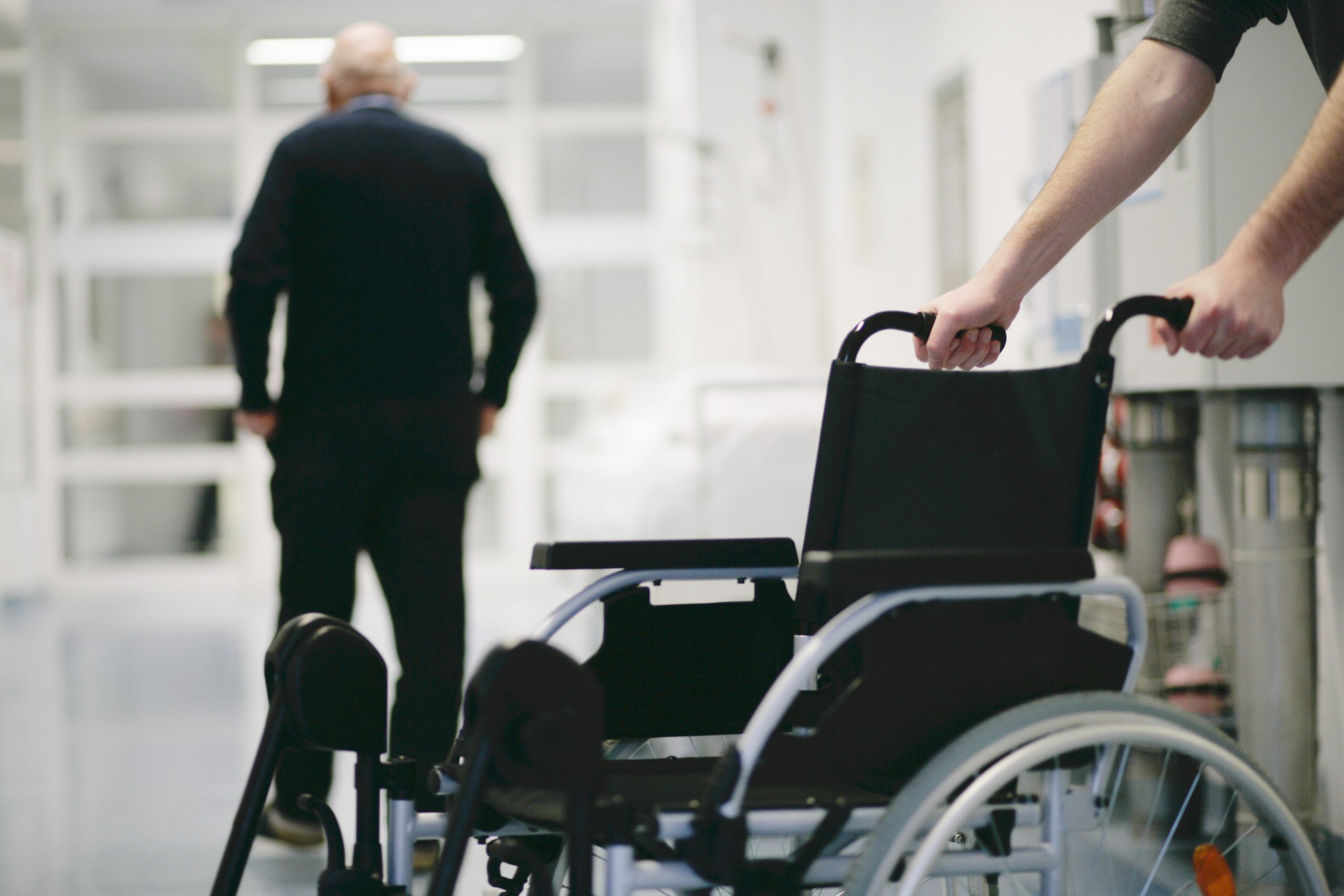So what does frail mean anyway?
We hear about frailty in older adults. But what is frailty? What does it really mean? And how do we combat it?
Physical frailty was defined in a 2013 article by John Morley and company this way: “a medical syndrome with multiple causes and contributors that is characterized by diminished strength, endurance, and physiologic function that increases an individual’s vulnerability for developing increased dependency and/or death.” (Morley JE, et al. J Am Med Dir Assoc 2013; Dr. Morley interview)
Sounds pretty ominous—and it is. Frailty occurs as a result of many diseases and medical conditions. Evidence suggests that frailty may be related to lost muscle mass, (i.e., sarcopenia) that starts during midlife. Frailty means vulnerability, especially for those also facing acute illness, injury, or other stressor. In people over age 65, about 10% have physical frailty, with women and those over age 80 even more likely to be frail.
Research has shown that frail individuals are high resource users—office visits, hospitalization, long term care. They fall more often, need more assistance, have more complications related to surgery and chronic disease, and are more likely to die compared to similar people without frailty.
But frailty of manageable. The Morley consensus paper suggests that everyone over age 70 and anyone with more than a >5% weight loss in the last year due to chronic illness be screened for frailty. There is at least some evidence that exercise, calorie and protein support, vitamin D, and/or reduced polypharmacy have some efficacy in decreasing hospitalization, preventing frailty progression, improving function, decreasing falls, or reducing disability. Some studies have even shown that these interventions have positive effects in nursing homes.
It is important to recognize frailty, but we can’t always tell just by looking at an individual. Fortunately, several simple, rapid, validated screening tests are available to allow health care providers to identify individuals as frail: each has some combination of subjective questions about fatigue, walking ability, weakness, weight loss, number of chronic diseases, duration of exercise, or walking speed.
- FRAIL (stands for Fatigue, Resistance, Aerobic, Illness, Loss of weight)
- Cardiovascular Health Study Frailty Screening Measure
- Clinical Frailty Scale
Here is a link to a helpful 2-page evaluation tool produced by the American Geriatrics Society.
There was a call to action by Dr. Friedman and colleagues in July 2015, suggesting that while geriatricians have offered excellent leadership as it relates to frailty and complexity in older adults, they have not offered enough guidance and research toward preventing frailty in those at risk for becoming frail. We need more focus on promoting successful aging. Data from the National Health and Nutrition Examination Survey (NHANES) found that the number of individuals reporting a completely sedentary lifestyle (no physical activity) increased from 19.1% to 51.7% in women from the 1988-1994 survey to the 2009-2010 survey. It wasn’t much better for men. That is a frightening statistic.
My most important take-away from my reading is that frailty is preventable for most, and interventions to ward off frailty are critical as people age, not just for the individuals themselves, but for their families and society as a whole. Echoing most other health advice today, routine exercise (including resistance training!), healthy diet, and thorough and routine medication review is not optional, it is necessary, regardless of age and living environment.

